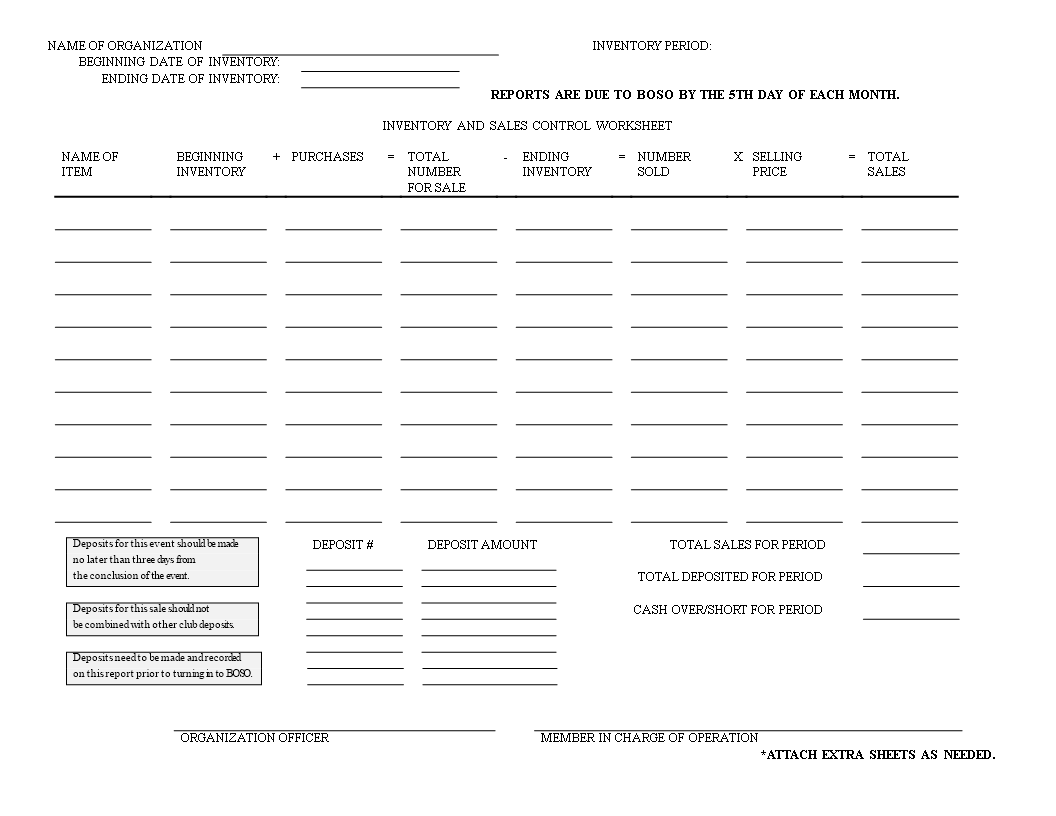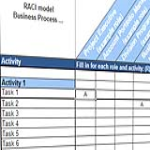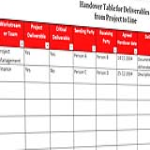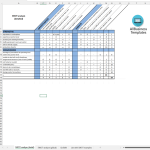Organization Inventory Control Document

Speichern, ausfüllen, drucken, fertig!
How can you efficiently manage and maintain control over your inventory? What are the paperwork or records commonly employed in the management of inventory? Download our sample template which will help you keep track of all your inventory items.
Verfügbare Gratis-Dateiformate:
.doc- Dieses Dokument wurde von einem Professional zertifiziert
- 100% anpassbar
Business Unternehmen management Verwaltung stock management Lagerverwaltung
How can you efficiently manage and maintain control over your inventory? What are the paperwork or records commonly employed in the management of inventory?
An "Organization Inventory Control Document" is a comprehensive record or system used by an organization to monitor, manage, and track its inventory of goods, materials, products, or assets. This document or system serves as a critical tool for businesses and institutions to ensure efficient and effective inventory management. It helps organizations maintain optimal stock levels, reduce carrying costs, prevent stockouts or overstocking, and streamline operations.
Key elements and features of an Organization Inventory Control Document may include:
- Inventory Item Information: A detailed list of all inventory items, including their names, descriptions, SKUs (Stock Keeping Units), and other relevant identifiers.
- Quantity: The quantity of each inventory item on hand, as well as details about quantities in transit, on order, or in production.
- Location: Information about where each item is stored within the organization's facilities or supply chain, including warehouse or storage bin numbers.
- Supplier Information: Details about the suppliers or vendors of each item, including contact information, lead times, and pricing.
- Cost and Valuation: The cost associated with each inventory item, which may include purchase cost, carrying cost, and other expenses. This is essential for valuation purposes and cost management.
- Minimum and Maximum Stock Levels: The minimum quantity that should trigger reordering (reorder point) and the maximum quantity to be kept in stock (order quantity) to prevent shortages or overstocking.
- Stock Status: Information on the availability of each item, including whether it's in stock, on backorder, or temporarily unavailable.
- Usage and Consumption Data: Historical data on item usage, consumption rates, and demand patterns to aid in forecasting and replenishment planning.
- Reorder Records: Records of past orders, including order dates, quantities, and suppliers, to track procurement history.
- Expiration Dates: For items with shelf lives, details about expiration or best-before dates to ensure product quality and compliance with regulations.
- Barcode or RFID Information: Barcodes, RFID (Radio-Frequency Identification) tags, or other identification methods are used to streamline inventory tracking and management.
- Audit Trail: A log of inventory movements, adjustments, and transfers to maintain accountability and traceability.
- Reporting and Analysis: Tools or formats for generating reports, analyzing inventory data, and making informed decisions about ordering, replenishing, or liquidating items.
- Security Measures: Protocols for safeguarding inventory data and preventing theft or unauthorized access.
To organize and control inventory effectively:
- Assess and classify items based on importance.
- Set reorder points and safety stock levels.
- Utilize inventory management software.
- Optimize storage for accessibility.
- Implement barcode or RFID technology.
- Conduct regular audits and cycle counts.
- Manage supplier relationships.
- Use forecasting for demand planning.
The Organization Inventory Control Document is essential for maintaining accurate inventory records, preventing stock-related issues, optimizing supply chain operations, and ultimately improving the organization's overall efficiency and profitability. Depending on the organization's size and complexity, this document may be maintained manually or with the assistance of specialized inventory management software.
Using this inventory template guarantees you an increase in efficiency and effectiveness, it will save you time, cost, and effort!
Download our Organization Inventory Control Document template which will help you keep track of all your inventory items. It includes columns for item name, description, quantity, and location. It also allows you to easily reorder items when they are needed.
HAFTUNGSAUSSCHLUSS
Nichts auf dieser Website gilt als Rechtsberatung und kein Mandatsverhältnis wird hergestellt.
Wenn Sie Fragen oder Anmerkungen haben, können Sie sie gerne unten veröffentlichen.



